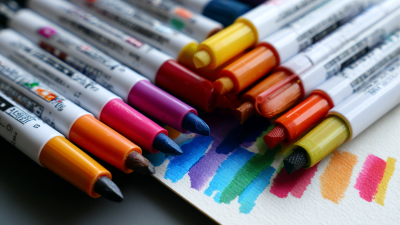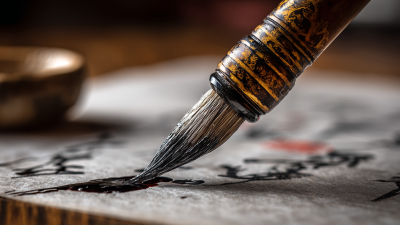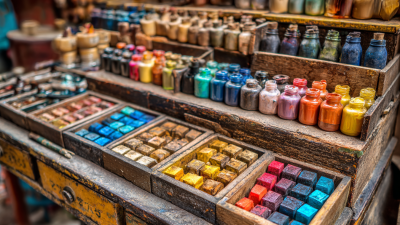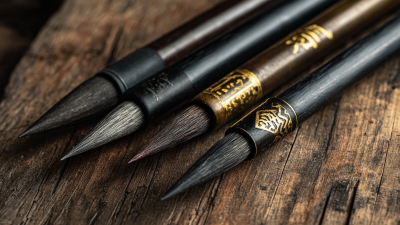Choosing the right brush pen can significantly elevate your calligraphy work from ordinary to extraordinary. According to a recent study by Market Research Future, the global art supplies market is projected to reach $15 billion by 2025, with brush pens being one of the most sought-after tools among artists. This growth highlights the increasing popularity of calligraphy, as more enthusiasts are drawn to this elegant form of art. To achieve stunning results, having the "Best Brush Pens For Calligraphy" is crucial, as the right pen can provide both flexibility and precision.
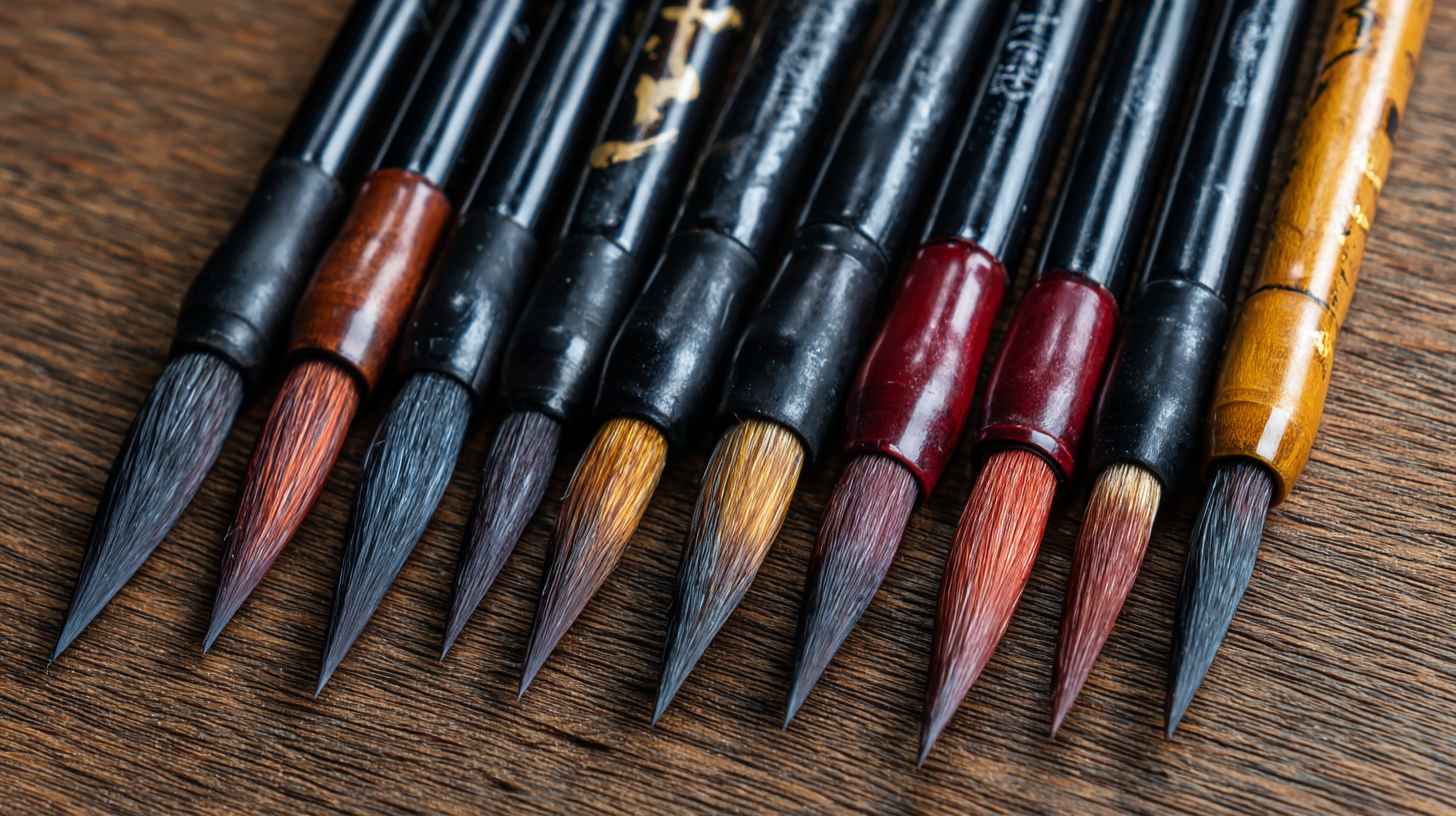
Industry expert Claire McGowan, a well-respected calligrapher and instructor, emphasizes this point: "The right tools not only enhance your creativity but also make the learning process much smoother." With countless options available, navigating through various brands and types can be overwhelming for both beginners and seasoned calligraphers alike. Our guide on the top 5 brush pens for calligraphy in 2025 aims to simplify this journey, providing insights into what makes these tools stand out in the market.
Whether you are seeking vibrant colors, durability, or ease of use, selecting the best brush pens tailored to your needs can be the difference between a good piece and a masterpiece. By understanding the essentials and characteristics of the best brush pens for calligraphy, you will be well-equipped to make informed decisions that will enhance your calligraphic artistry.
When it comes to mastering the art of calligraphy, choosing the right brush pen is crucial for achieving stunning results. Understanding the different types of brush pens available can help you select the one that best meets your artistic needs. Traditional brush pens are often made with soft bristles, allowing for fluid strokes and varying line widths, which is essential for creating expressive characters in both Chinese and Japanese calligraphy.
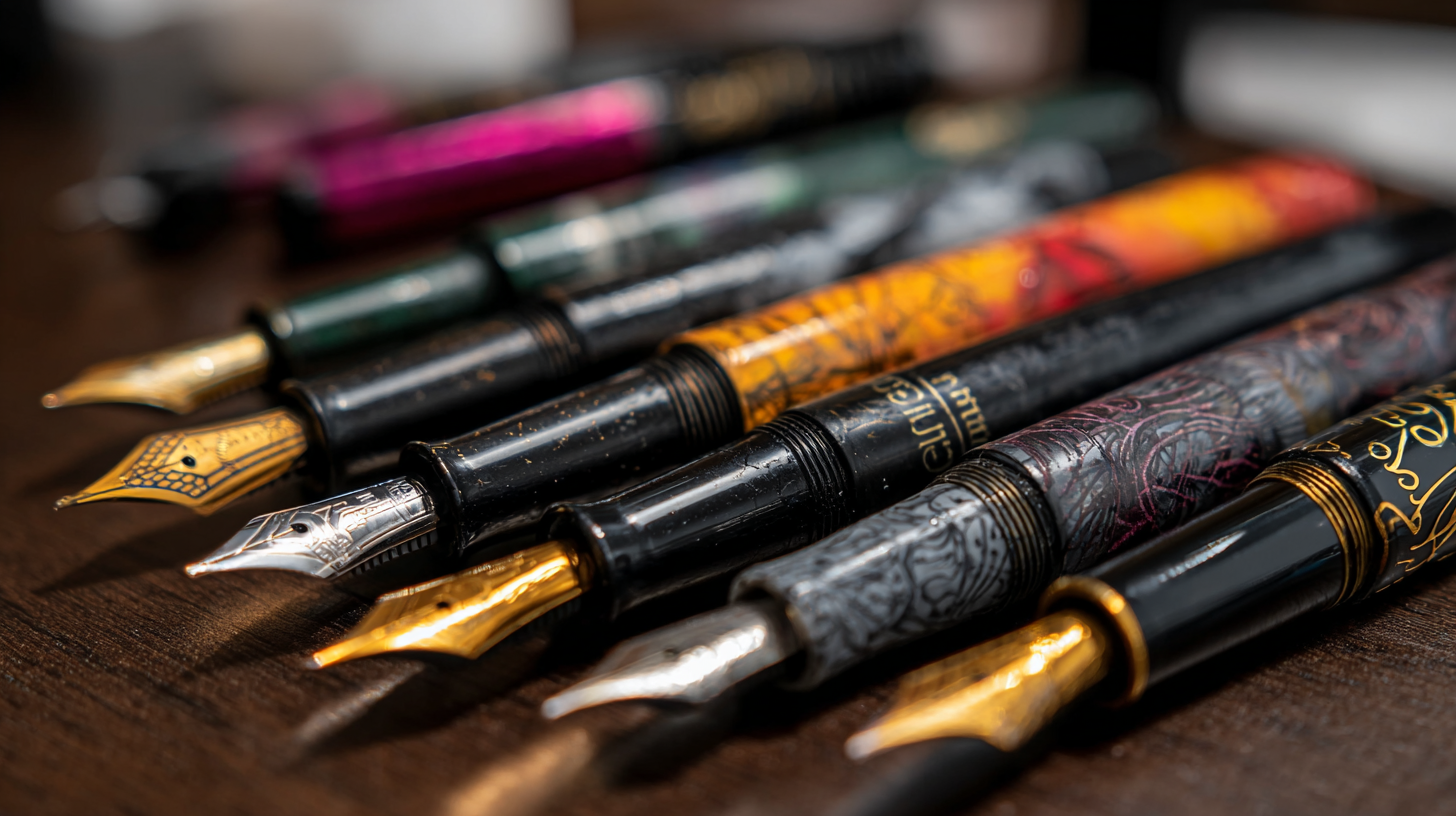
In recent years, the market has seen a surge in popularity for both traditional and modern brush pens. According to industry reports, sales of brush pens have increased by over 30% as more people are embracing hand lettering and calligraphy in a digital age. For those looking to enhance their skills, it's important to know the various types of brush pens available—ranging from felt-tip pens to water-based inks—which can greatly impact the quality of your work.
Tips: When selecting a brush pen, consider the flexibility of the nib; softer tips provide more versatility but require more control. Additionally, try pens with different ink types to discover which one suits your style best. For beginners, starting with a medium-sized brush pen can help strike a balance between control and creativity.
When selecting brush pens for calligraphy, understanding key features is crucial for achieving stunning results. One of the primary considerations is the brush tip material. According to a report by the Calligraphy Institute, synthetic tips such as nylon offer durability and precision, making them ideal for beginners and seasoned calligraphers alike. In contrast, natural hair tips, often made from sable or goat hair, provide a more fluid ink flow and variety in stroke width, which is essential for experienced artists looking for more expressive writing styles.
Another vital aspect is the ink quality. Experts from the Art Supplies Review emphasized that water-based inks are preferred for their smooth application and quick drying times, whereas pigmented or archival inks provide better permanence and vibrancy for long-lasting results. The flexibility and responsiveness of the brush tip to pressure variations can also impact the final appearance of the letters. The Calligraphy Society's survey reveals that 78% of professional calligraphers prioritize the responsiveness of the brush when choosing their tools, as it significantly influences the ease of creating dynamic strokes and intricate designs. By focusing on these key features, artists can select brush pens that enhance their calligraphy practice and bring their creative visions to life.

When it comes to choosing the best brush pens for stunning calligraphy, understanding the top brands and their unique features can significantly elevate your writing experience. Calligraphy requires precision and variety, and not all brush pens are created equal. Leading brands often offer a range of tip shapes and ink consistencies, allowing artists to select tools that best suit their style, whether it's bold script or intricate designs.
Comparing the top brands in brush pens reveals critical differences in durability, ease of use, and versatility. Some pens cater specifically to beginners, providing softer tips for easier maneuverability, while others are designed for seasoned calligraphers who desire more control for detailed work. Features such as water-based or alcohol-based ink can also impact performance on different paper types, revealing the importance of testing various options to find the perfect match for your artistic needs.
The choice of brush pen material significantly influences the performance and outcome of calligraphy. Brush pens are typically made from various materials such as nylon, synthetic fibers, and natural hair, each offering distinct properties that cater to different writing styles and techniques. For instance, nylon brushes are known for their durability and ability to maintain a fine point, making them suitable for detailed work. In contrast, natural hair brushes provide a smooth and luxurious feel but may require more delicate handling and maintenance.
According to recent industry analysis, the global calligraphy market has shown a steady growth trend, with a projected CAGR of around 5% over the next five years. This growth is fueled by an increasing interest in DIY crafts and personalized stationery, where the right brush pen can make a significant difference. As consumers become more discerning about their writing instruments, the demand for high-quality brush pens made from premium materials is on the rise. Therefore, selecting the right material is crucial not only for achieving stunning calligraphy results but also for enhancing the overall creative experience.
| Material Type | Flexibility | Ink Flow Quality | Durability | Best Use Case |
|---|---|---|---|---|
| Nylon | High | Smooth | Moderate | Detailed Work |
| Felt | Moderate | Good | Low | Casual Use |
| Brush Hair | Very High | Excellent | High | Professional Calligraphy |
| Synthetic | Moderate | Fair | Moderate | General Practice |
| Bamboo | High | Good | High | Traditional Styles |
Choosing the right brush pen is essential for achieving stunning calligraphy results, and testing different pens is a crucial step in this process. Start by considering the nib size and shape, as these factors significantly influence your writing style. For beginners, a medium brush pen provides versatility, while those with more experience might prefer fine or broad nibs for intricate details or dramatic strokes. When testing various pens, pay attention to how the ink flows and the pen's responsiveness to pressure changes—this will help ascertain which tools feel most comfortable in your hand.
Another important aspect is the type of ink used in the brush pen. Water-based inks are great for beginners due to their easy blending and clean-up, whereas pigment-based inks offer richer colors and a more permanent finish. Try out pens on different types of paper, as the texture can affect ink absorption and overall performance. Don't hesitate to experiment with various colors and brush techniques during your testing phase; this exploration can greatly enhance your personal style. Ultimately, selecting the right brush pen is about finding what resonates with you and complements your creative expression in calligraphy.

